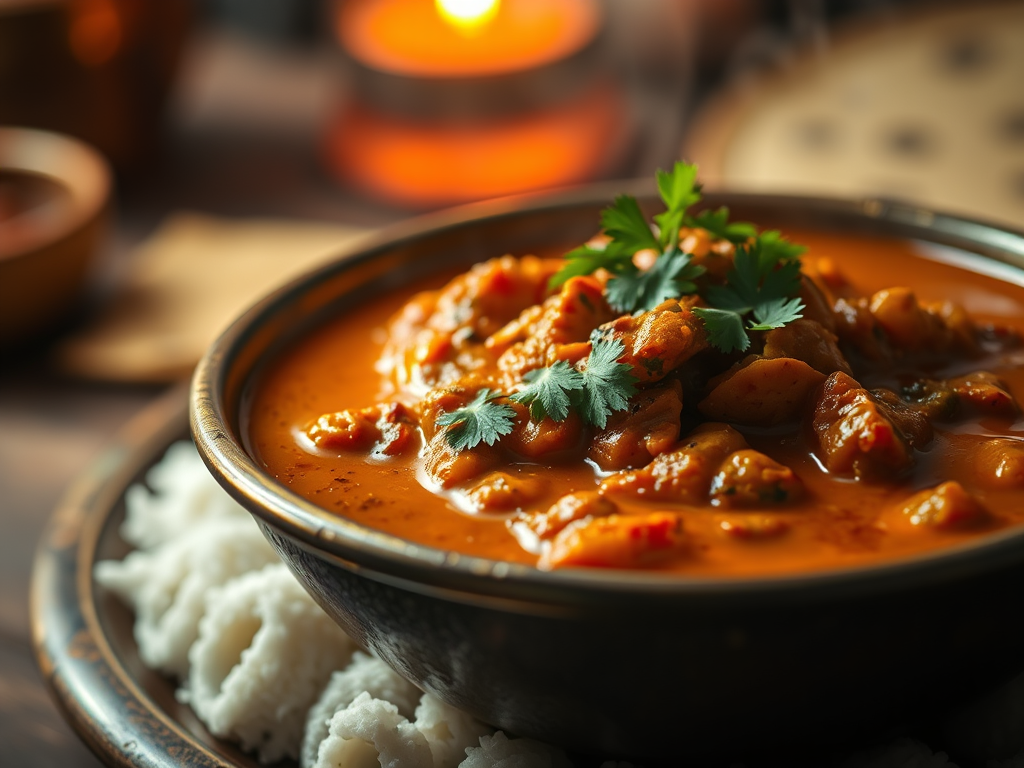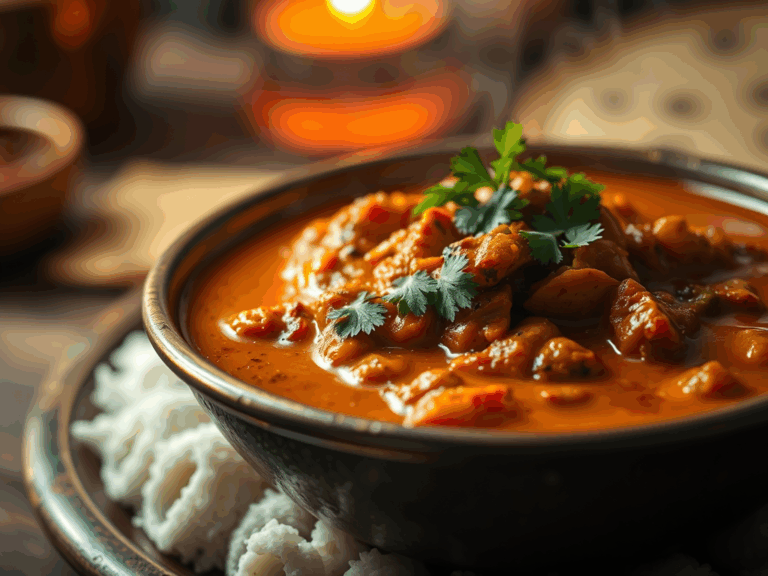

The World Of Curry.
The words “world of curry” evokes a kaleidoscope of aromas, a symphony of spices, and a comforting warmth that transcends borders. Far from being a single dish, “curry” is a culinary concept, a vibrant tapestry woven from countless regional traditions, personal interpretations, and centuries of global exchange. It’s a testament to human ingenuity in transforming humble ingredients into extraordinary meals.
More Than Just Spice: The Essence of Curry
At its heart, a curry is typically a dish—often stew-like, but sometimes drier—cooked with a complex blend of spices, herbs, and aromatics, usually served with rice or bread. The magic lies in the masala, the foundation of spices, which can be toasted, ground, pounded, or blended, varied infinitely to create a spectrum of flavours from fiery hot to subtly sweet, tangy to creamy.
From the Cradle to the Globe: A Historical Odyssey
While the term “curry” itself is believed to be a British adaptation of the Tamil word “kari” (meaning sauce or relish), the concept of slow-cooked, spice-laden dishes originated on the Indian subcontinent thousands of years ago. Here, the art of spice blending reached its zenith, with each region boasting its unique culinary vocabulary:
- North India: Known for rich, creamy curries often based on yogurt, nuts, and cream, like the mild Korma, the vibrant red Rogan Josh, or the beloved Butter Chicken. Bread like naan or roti is a common accompaniment.
- South India: Characterized by lighter, often spicier curries, frequently using coconut milk, tamarind, and fresh curry leaves. Think of the tangy Goan Fish Curry or the fiery Chettinad Chicken.
- East India: Features mustard oil as a common cooking medium, with dishes like Machher Jhol (fish curry) being staples.
- West India: Famous for the intensely spicy Vindaloo (a Portuguese-influenced Goan specialty) or the intricate dried Kolhapuri Mutton.
The Continuing Story
But the story of curry doesn’t end in India. Through trade, colonialism, and migration, the concept of spice-infused stews journeyed far and wide, adapting and evolving with local ingredients and palates forming the world of curry.
- Southeast Asia: In Thailand, curries are typically made with fresh herbs, chilies, and coconut milk, creating distinct red, green, and yellow varieties. Massaman curry blends Thai and Indian influences with spices like cardamom and cinnamon. Malaysia and Indonesia boast fragrant curries like the rich, dry Rendang, often slow-cooked with beef or chicken until the sauce is absorbed.
- Japan: Curry rice is a quintessential Japanese comfort food, distinctively thicker, sweeter, and milder than its South Asian counterparts, often featuring carrots, potatoes, and onions, served with tempura or katsu.
- The Caribbean: Influenced by Indian indentured laborers, West Indian curries are vibrant, often incorporating scotch bonnet peppers, allspice, and ingredients like goat, chicken, or vegetables, often served with rice and peas.
- The United Kingdom: Curry has become a national dish, with the iconic Chicken Tikka Masala believed to have originated here. British curry houses offer a range of anglicized Indian dishes, beloved by millions.
- Africa: Cape Malay curry in South Africa, a legacy of Indonesian and Indian slaves, is a fragrant, often fruit-infused, and milder style of curry.
The Anatomy of a Curry: Crafting Depth
While the variations are endless, most curries share fundamental components that contribute to their complex appeal:
- Aromatics: Onions, garlic, and ginger form the bedrock, sautéed to release their fragrant essence.
- Spices: The heart and soul. Whole spices (cumin seeds, cardamom pods, cinnamon sticks) are often tempered in hot oil, while ground spices (turmeric, coriander, chili powder, garam masala) are added to build layers of flavour.
- Protein/Vegetables: From chicken, lamb, beef, and fish to chickpeas, lentils, paneer, and a vast array of vegetables, curries are incredibly versatile.
- Liquid Base: Coconut milk, yogurt, cream, tomatoes, onions, stock, or even water provide the body and texture of the sauce.
- Finishing Touches: Fresh herbs like cilantro, a squeeze of lime, lemon or a dash of ghee can elevate the final dish.
Embarking on Your Own Curry Journey
The beauty of the world of curry is its democratic nature – there’s a curry for every palate and every skill level.
- Start Simple: Begin with popular, milder options like a classic Chicken Tikka Masala, a creamy Korma, or a straightforward Thai Green Curry paste.
- Experiment with Spices: Don’t be afraid to buy whole spices and grind them fresh for a superior aroma. Learn about the individual notes that cumin, coriander, turmeric, and fenugreek bring.
- Balance is Key: A great curry isn’t just about heat; it’s about a harmonious balance of sweet, sour, salty, and umami.
- Embrace the Process: Curry making is an art form that often benefits from slow simmering, allowing flavors to meld and deepen over time.
The world of curry is a delicious odyssey waiting to be explored. Each spoonful offers not just sustenance, but a taste of history, culture, and countless hands that have perfected these aromatic masterpieces. So, whether you’re a seasoned chef or a curious beginner, dive in – the next perfect curry is out there, waiting to become your new favourite.
You may also like
Curry Recipes UK
This website provides curry recipes from around the world including restaurant and takeaway recipes, a shop for the spice mixes and blends required and the methods and instructions to reproduce favourite dishes and many more.
Error: No feed with the ID 2 found.
Please go to the Instagram Feed settings page to create a feed.
Latest recipes
No Recipes Found

